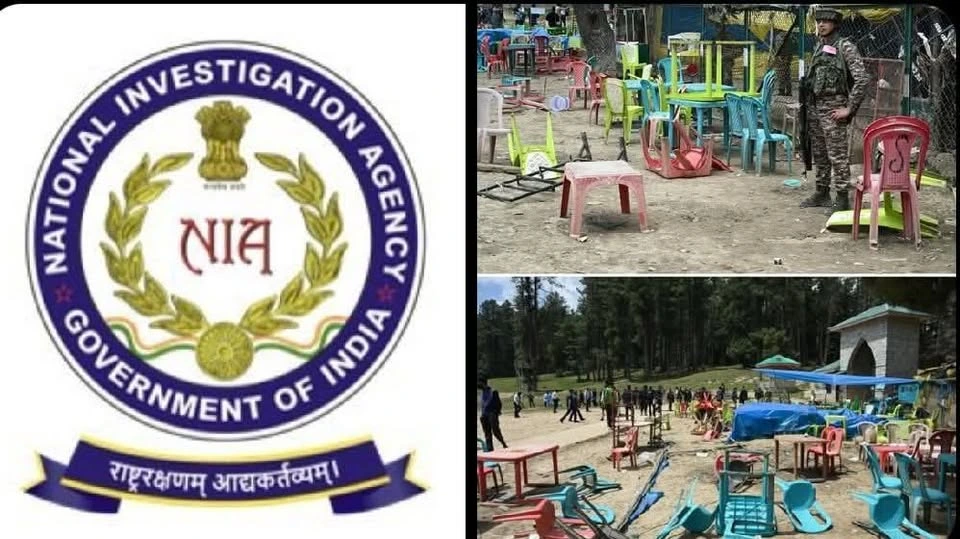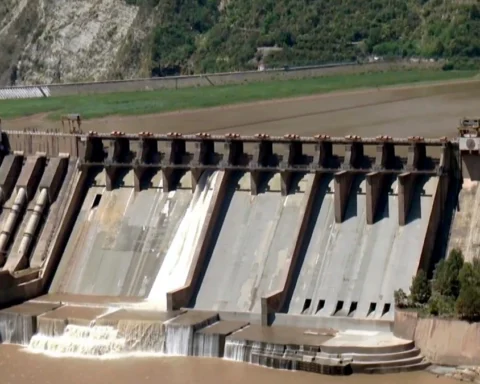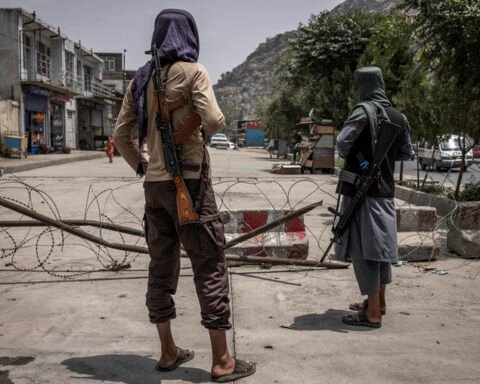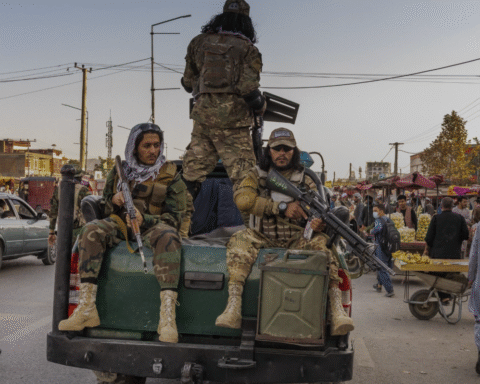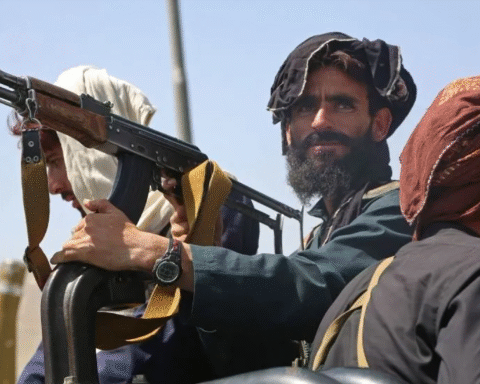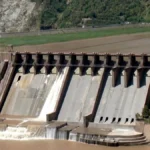The paradoxes that have arisen after the revelations made by the National Investigation Agency (NIA) concerning the April 22 Pahalgam attack have not only revealed the critical failings in the approaches towards countering terrorism in India but has also brought forth the highly political nature of the story that nearly brought a disaster to all the bordering states. Immediately following the horrific killings in which two dozen individuals had been slain at one of the more frequented tourism destinations in Pahalgam the Indian government acted very quickly declaring the assault to be that of Pakistan and drawing sketches of the four alleged terrorists and ordering a barrage of arrests and a string of attacks some of which seemed to be aimed at taking revenge. The NIA however now has acknowledged the fact that the suspects whose sketches were first released by Jammu and Kashmir Police are not the same people involved in the suspected attack. The turn of events by its most respected investigative body itself raises serious questions not only concerning the validity of the very premise behind the origin of the attack but even throws the validity of the very initial line of response of the state including its military action its foreign policy and its crackdown of the Kashmiri civilians. The consequences are quite profound although given that India employed this discredited narrative to justify threats and actions that put it at an arm length of an open conflict with Pakistan the scenario poses a danger.
Such a radical change in explanation began when a day after the Pahalgam massacre. Anantnag police released suspect sketches. Police sources have identified the attackers as two Pakistani citizens Hashim Musa (alias Suleman) and Ali Bhai (alias Talha Bhai) and one Pakistani resident of Kashmir Adil Hussain Thokar. These people had connections with the outlawed group Lashkar-e-Taiba (LeT) and the identities were used by India to strengthen its argument that the assault was a cross-border recrossing terrorist operation with their aim in Pakistan. A fourth man Farooq Ahmad alias Farooq Tedwa based allegedly in Pakistan administered Kashmir supposedly was directing the assault across the Line of Control. Now after almost two months of investigation NIA has disclosed that none of these guys was linked with it and that the initial sketches were made on wrong information that is on an irrelevant picture that was found in the mobile phone that belonged to a dead militant. This horrifying confession puts a serious question mark on the investigation competence, believability and the intent of the acting state.
What is more alarming about this turnaround is how the process of coercion and abuse were used to acquire confessions of civilians. Both Parvaiz Ahmad Jothar and Bashir Ahmad Jothar two of the residents were arrested using the draconian Unlawful Activities (Prevention) Act (UAPA) and charged with harbouring attackers. They are said to have been coerced to give confessions which is a regular occurrence in Kashmir with human right bodies documenting many years of applying bodily torture as well as mental coercion and extended incarceration to induce admissions of culpability. Instead of adopting an objective and evidence-based approach in investigating the matter and as far as the NIA is concerned in its investigation it seems to have stuck to a pre-determined script to ensure that the line of the state is correct regardless of what the facts on the ground are. In fact, human rights activists have always maintained that the NIA has been a kind of proxy of the ruling Bharatiya Janata Party (BJP), and it has the ample authorisation to harass dissidents, press reporters and minority groups in the name of tackling terrorism.
The brain freezes in the official version of what happened in Pahalgam attack is no mere trifle some ignorant busy body trying to draw attention to himself/herself by distracting people with some poppycock, it is a monumental failure in human intelligence, accountability and justice in society. The fact that India has been quick to point its fingers to Pakistan even before establishing the identities of the attackers or prior to authorization of a thorough investigation is a testimony to the politics involved in how the incident is being framed. Indian media with government sources sprang into action within hours of the massacre to blame and accuse Pakistan of the massacre as the demand grew to punish Pakistan through military action and hardlines policies. This unproven blame game, the jingoistic press with its frontier ethos and the populist rhetoric almost caused a military conflict between two nuclear-armed neighbours. The fact that the main rationale behind this hawkish aggression is currently in shreds must be cause of serious concern to both internal and external observers. It explains how easy it is to spread misinformation and institutional biases that turn into policies targeted at regional destabilization.
It is more frightening bearing in mind that not too long ago the Indian Supreme Court has turned down a petition demanding an independent investigation into the attack. The petition by three Kashmiris-Fateh Kumar Shahu, Muhammad Junaid, and Vicky Kumar was filed to seek a judicial commission to investigate the discrepancy and possible misconduct of the state regarding the incident. The plea was dismissed by the court on the reason that all judges were not in positions to question the military and security experts and indicated that such petitions would demoralize the military.
Such a justification creates a very hazardous precedent that essentially frees the already problematic institution of the state of the accountability and indicates that even a grievous miscarriage of justice can be justified under the cover of national security. It also indicates the increasing respect of the judicial system to the executive authority in India and this trend significantly undermined the confidence in the degree of freedom of the judicial system by people particularly those marginalized groups who live in places like Kashmir.
There is further cause of concern insofar as Indian media and political establishment fed frenzy among the masses against Pakistan and Kashmiri Muslims in the short run following Pahalgam massacre. Prime Minister Narendra Modi and other power officials made use of the incident as a political mobilising point, on the one hand enhancing communal accounts and on the other, demanding the increased use of force against perceived threat. And this rhetoric was not only inflammatory, but it also drowned out demands of due process and critical inquiry. Having the new findings of the NIA which has directly defied the essence of all statements made by the state a serious credibility crisis engulfs these leaders. When it becomes publicly self-contradictory when it comes to the agencies of his own government (or at least it claims to be covered by the statement earlier given by the government) there is a logic that the rest of the world should doubt not only the quality of Indian counterterrorism policy but also the credibility of governmental statements per se. It also brings to our attention the fact that international institutions should come out strongly to seek the intervention of independent third parties to investigate such high-profile cases especially in situations where such actions are fronted to cause militarized interventions which could have transnational implications.

